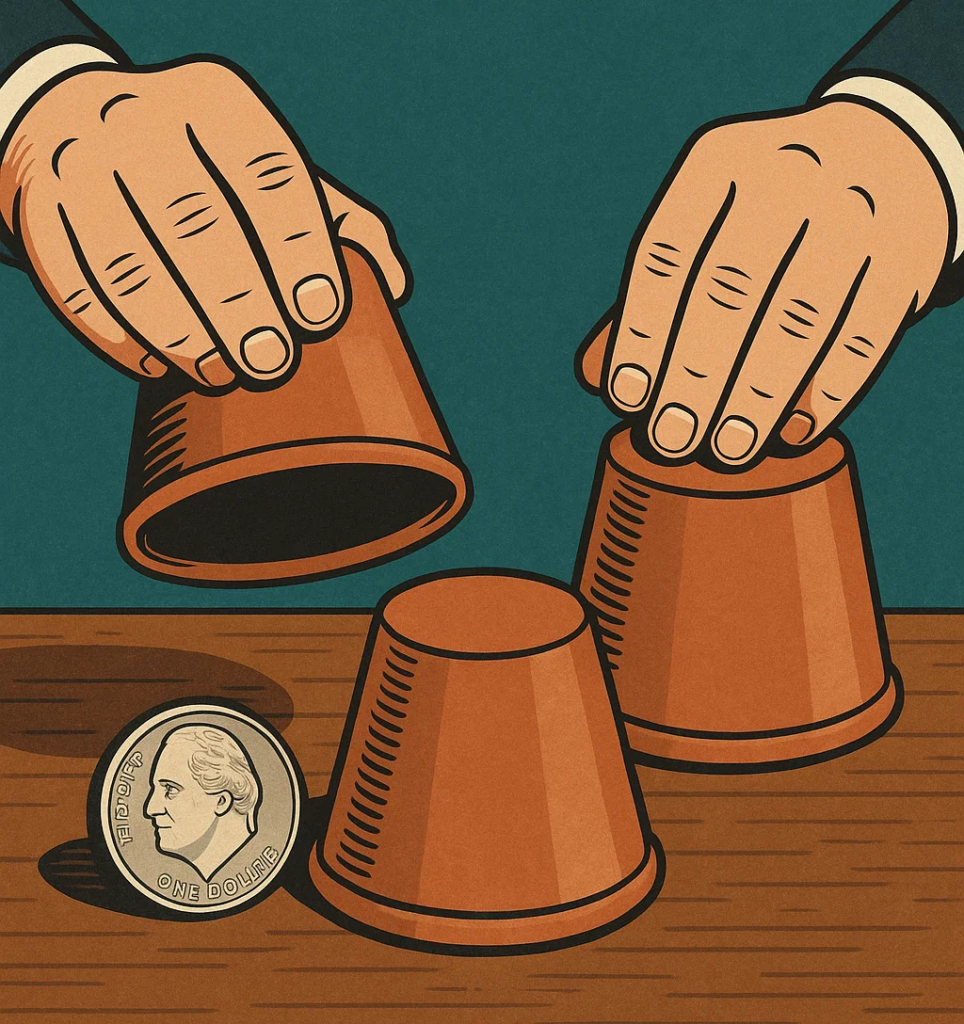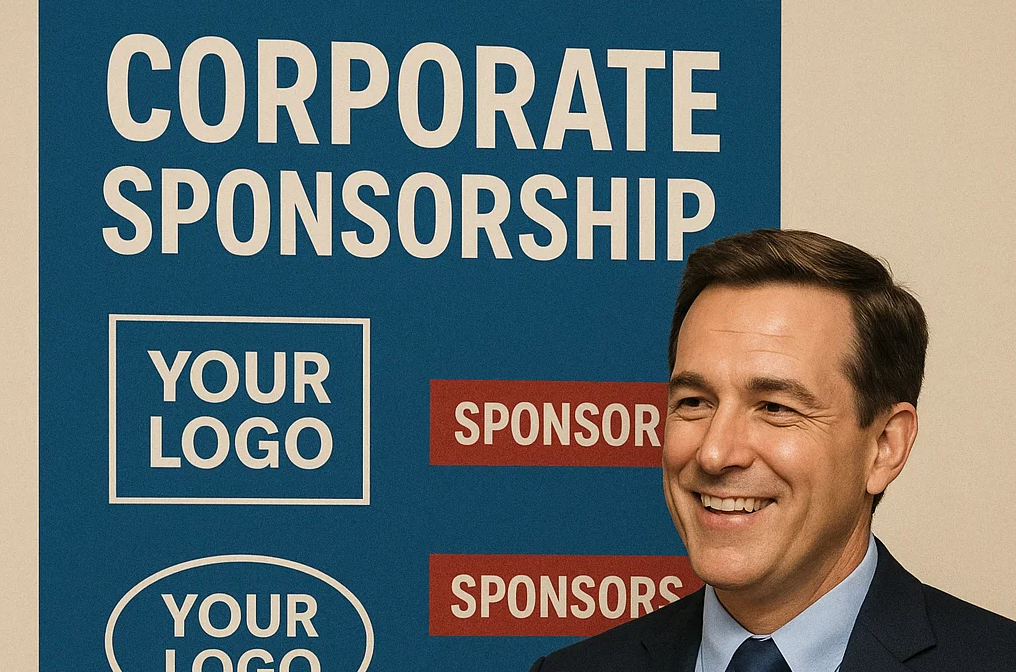There is an ugly truth behind many of the glitzy booths, branded water bottles, and sponsored networking dinners that dominate industry events. That truth? Most of the time, you are the one paying for it, whether you realize it or not.
Let me explain.
When you walk into a massive conference and see one company’s logo on every banner, lanyard, and hotel room key, it is easy to be impressed. “Wow, they must be doing well,” we think. And maybe they are. But more often than not, the money fueling these high-profile sponsorships is not coming from a vault of profit they earned after delivering maximum value to their customers. It is coming from their customers. It is built into their pricing structure.
That corporate logo that is plastered all over the trade show floor? You helped pay for it.
The Corporate Capital Machine
Large corporations have something that startups and small businesses like mine do not yet have: capital reserves. These reserves are built by setting prices not just to cover the cost of building and delivering a product, but also to fund things like sales incentives, marketing campaigns, lobbying efforts, and yes, corporate sponsorships.
In many cases, pricing includes a significant markup beyond the cost of delivering real value to the customer. That markup funds the machine. The booth. The party. The platinum sponsorship. The swag bag. The afterparty with a live band and open bar.
The customer might think they are paying for a cutting-edge platform or industry-leading service, but they are also footing the bill for a carefully curated public image. And that is where things start to get uncomfortable.
When Marketing Becomes a Shell Game

I am not here to knock marketing. Marketing is essential. Visibility matters. If you have built something great, you want people to know about it. But at some point, marketing stops being about making a product known and starts being about maintaining the illusion of dominance.
This is especially true in industries where credibility is visually and socially tied to how much money a company throws at an event. When a vendor takes over half a conference center with a multi-tiered booth and their logo on the lunch napkins, people assume they must be the leader. They must be the best. They must be the safest choice.
But is that always true?
Not necessarily. In fact, some of the most innovative, customer-focused, and secure products on the market today are being built by teams without deep pockets. These teams are too busy solving problems and supporting customers to be designing a branded beach cabana for a hospitality suite.
The Ethical Dilemma
Here is where this gets personal.
At AdmiralBridge, we have not built sponsorship costs into our product pricing. We are a small, focused company offering a case management platform designed to help organizations manage loss, prevent incidents, and build resilience. Our pricing reflects what it actually costs to develop and support that product, and includes a reasonable margin to sustain our team and fund continued innovation.
We did not factor in the cost of sponsoring conferences, foundations, or branded gala dinners.
So now we face a real question: should we?
Should we start charging our customers more, not to enhance the product or service they receive, but to finance a sponsorship package that helps us “look the part” at industry events? Should we follow the model of others who have baked the cost of promotion into the price of admission?
There is enormous peer pressure to say yes. I have been told directly that customers will not take us seriously unless we have a more visible presents at industry events. I have heard that credibility in this industry often starts with visibility, and visibility in this case has a price tag.
But should we pass that cost on to our customers? Is that ethical?
What Are Customers Really Buying?
Customers come to us to solve problems. They want to streamline workflows, close cases faster, protect their teams, and gain clarity from their data. They do not come to us because we threw a good party at a trade show.
And I think more buyers are waking up to that. They want transparency, value. and they want to know that their investment is going toward improving the tools and services they rely on, not funding someone else’s social calendar.
This is not an argument against participating in the community or supporting industry causes. Far from it. We want to be active participants in the communities we serve and support causes that matter. We just think it is time to be honest about how that is funded and who is really footing the bill.
Rethinking Sponsorship
There is a better way forward.
Instead of treating sponsorship as a default requirement or an expensive box to check for legitimacy, we should treat it as a strategic choice. If we choose to sponsor something, it should be because it aligns with our mission, our values, and our product. And if we are going to pass that cost on to our customers, we owe them the transparency to explain why.
Alternatively, maybe we find other ways to earn trust. We show up with good ideas instead of branded gear, we offer insight instead of just logos and we demonstrate value through action, not just optics.
Because at the end of the day, being seen is not the same thing as being credible. And a rented spotlight will never replace real customer impact.
Closing Thoughts
I am not naïve. I know that in many industries, ours included, visibility is currency. And I understand that sometimes, a sponsorship is more than just a marketing move. It can be a way to support a cause, a community, or a conversation that matters. We are not ruling it out.
But let us be honest about what is happening when giant corporations sponsor everything in sight. They are spending your money to stay in your head. And that raises a question for both vendors and buyers:
Are we okay with that?
As a founder, I want to build a company that invests first in people—our team, our customers, our partners—and in the product we deliver. That does not mean we will never sponsor a conference. But if we do, it will be with intention. And it will not be hidden in the fine print of your invoice.

